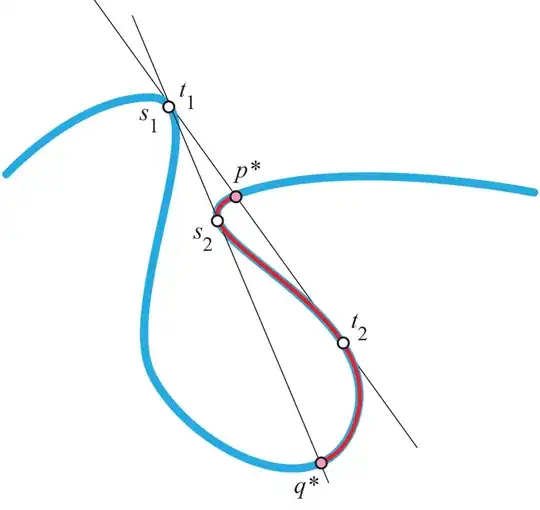This question is similar to this one in that I'm asking about how to introduce a mathematical research topic or activity to a non-mathematician: in this case algebraic geometry, intended as the most classical complex algebraic geometry for simplicity.
Of course some of the difficulties of the present question are a subset of those of the linked question. But I think I want to be more precise here, about what's the pedagogical/heuristic obstacle I want to bypass/remove/etc, which is, after all, a detail.
So, say the engineer is happy with the start
"Algebraic geometry is the study of solutions of systems of polynomial equations in several variables..."
An engineer certainly understands this.
"...with complex coefficients..."
Here she's starting to feel a bit perplexed: why complex numbers and not just reals? But she can feel comfortable again once you tell her it's because you want to have available all the geometry there is, without hiding anything - she can think of roots of one-variable polynomials: in $(x-1)(x^2+1)$ the real solutions are not all there is etcetera.
Happy? Not happy. Because the engineer will inevitably be lead to think that what algebraic geometry consists of is fiddling around with huge systems of polynomial equations trying to actually find its solutions by hand (or by a computer), using maybe tricks that are essentially a sophisticated version of high school concepts like Ruffini's theorem, polynomial division, and various other tricks to explicitly solve systems that are explicitly solvable as you were taught in high school.
Question. How to properly convey that algebraic geometry mostly (yeah, I know, there are also computational aspects but I would contend that the bulk of the area is not about them) doesn't care at all of actually finding the solutions, and that algebraic geometers rarely find themselves busy with manipulating huge polynomial systems, let alone solving them? In other words, how to explain that AG is the study of intrinsic properties of objects described by polynomial systems, without seeming too abstract and far away?
Also, how would you convey that AG's objects are only locally described (or rather, in the light of the previous point, describable) by those polynomial systems in several variables?
